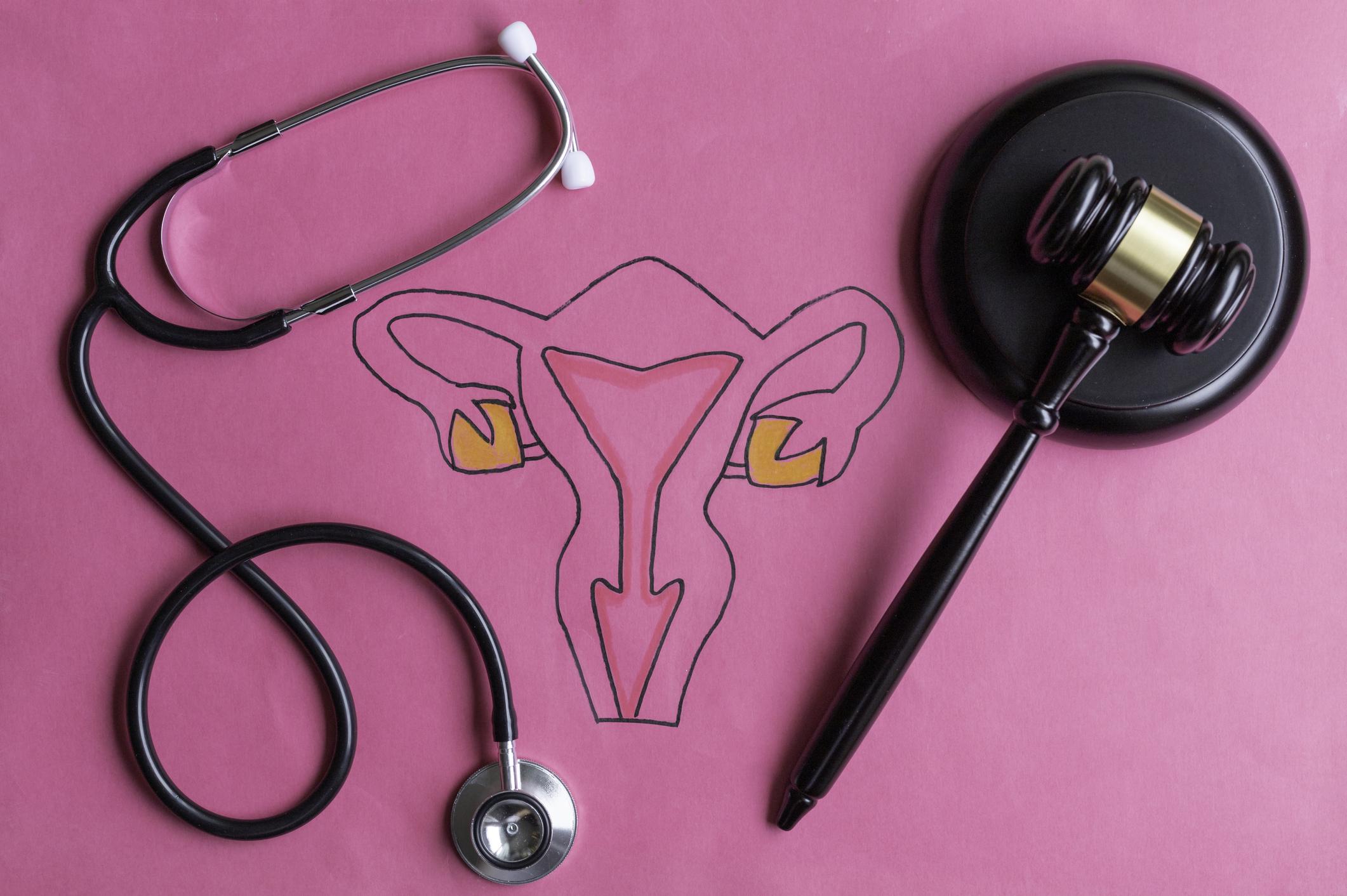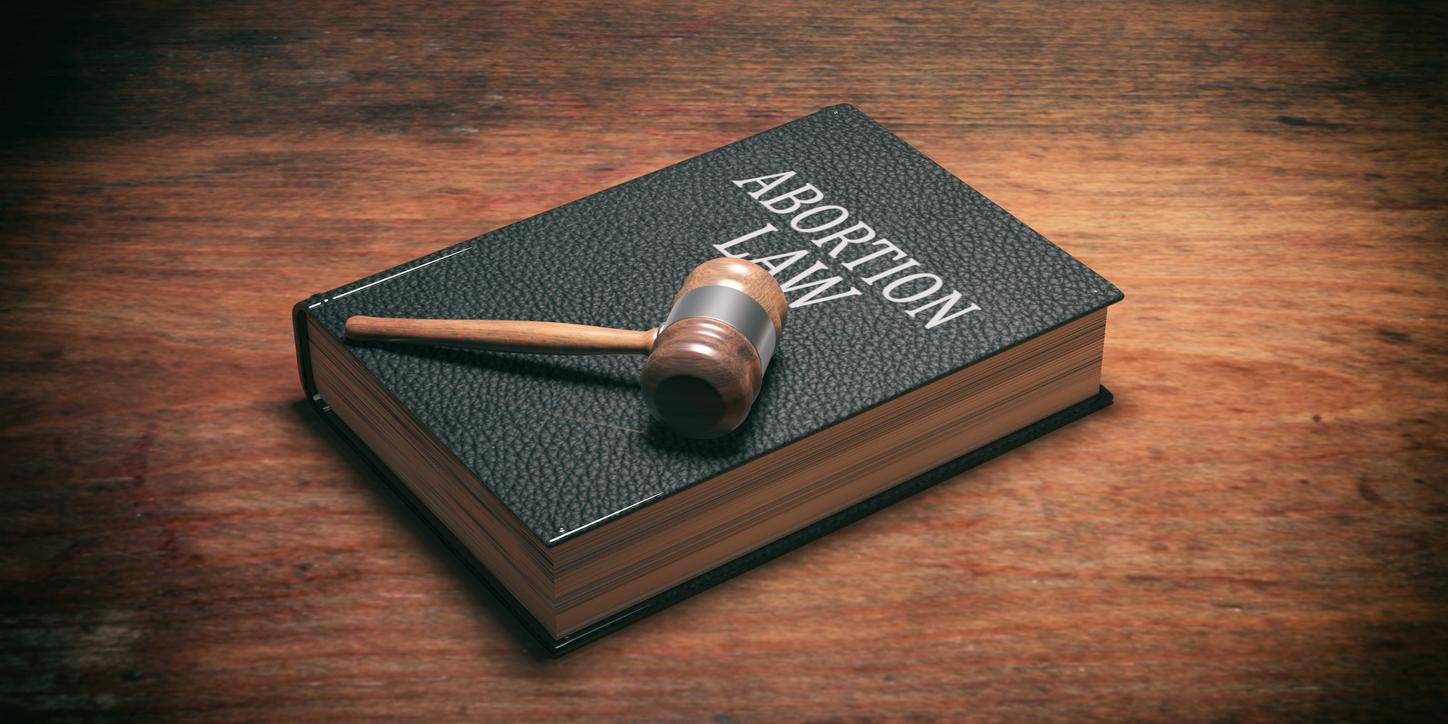Anti-abortion sites could no longer remain with impunity. On December 1, the National Assembly will examine a text which extends the offense of obstruction to the Internet.

More than 40 years after the Veil law, voluntary termination of pregnancy (abortion) continues to unleash passions. The abortion debate was tackled by the candidates for the primary from the right and the center. In the National Assembly, it is another fight that has led the deputies to lose heart: the offense of obstructing abortion. On November 23, the Social Affairs Commission examined the Law proposition by Catherine Coutelle (PS). It extends the offense of obstruction to digital media. The suggestion is common sense, especially since it was put forward in September by the Minister of Families, Children and Women’s Rights, Laurence Rossignol. But 10 minutes after the start of the debates, the meeting was suspended.
Discussions, scheduled for the morning, resumed only after noon, without the members of the Republican party. The text was finally adopted in the Commission. It will be presented in public session on 1er next december. But what exactly does this offense of obstructing abortion consist of? Why actor make the point.
Heavier penalties
It was in 1993 that the concept appeared in French law. A text creates the offense of obstruction. Anyone who tries to prevent access to an abortion by blocking the entrance to the establishment, or by threatening the nursing staff, or the woman is liable to prosecution. In 2001, this right was confirmed and reinforced: moral or psychological pressure was also considered as an attempt to obstruct. The penalties are also heavier: they amount to two years in prison and a fine of 30,000 euros. What to dissuade the most retrograde.
The year 2014 saw the progress being confirmed. The law of August 4 “for real equality between women and men” completes the system. Women who wish to be informed are also regarded as victims if they are subjected to psychological or physical pressure.
Disinformation unpunished
But in the digital age, information comes mainly from Internet media. A report from the High Council for Equality between Women and Men (HCEfh) underlined this in 2013. Among 15-30 year olds, 57% of female Internet users first get information on the web. However, anti-abortion sites are very creative to give themselves a respectable, even governmental aspect: setting up a toll-free number, resuming visual codes… They even come at the top of search engine queries. A phenomenon that the Ministry of Health is trying to stem.
Catherine Coutelle’s bill places anti-abortion sites in the sights that convey partial or erroneous information. These supports abound on the Internet without any tool allowing to block them. If adopted, the text will indicate that the obstruction can also be carried out “either by disseminating or transmitting by any means, in particular by means of communication to the public by electronic means or communication to the public online”. truncated or false. Members will have to be convincing. In september already, the Senate rejected a similar proposal.
.















